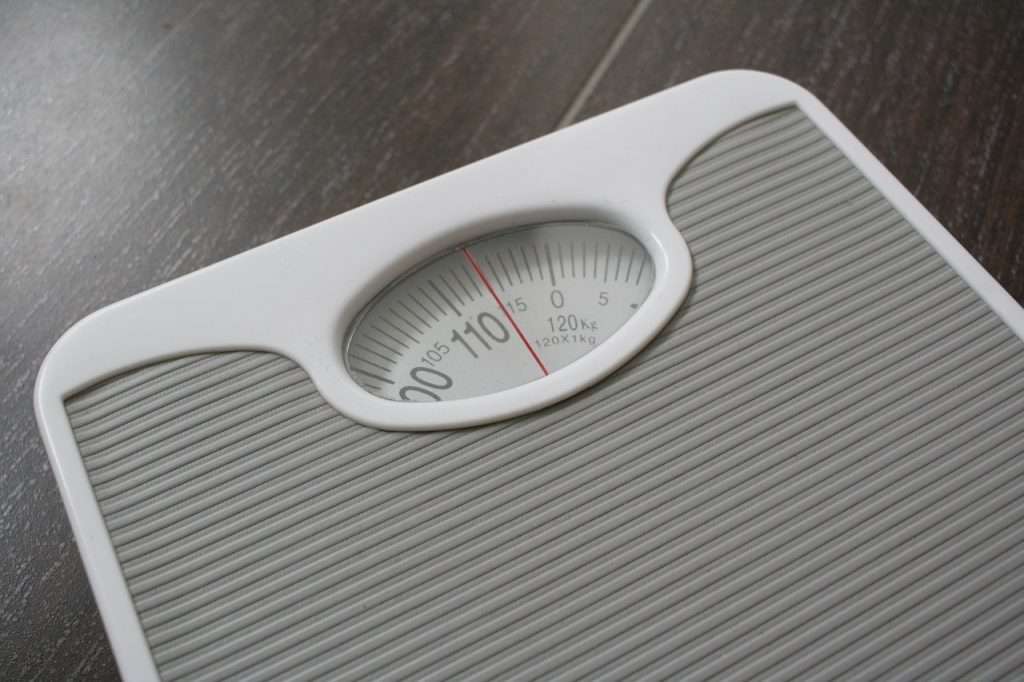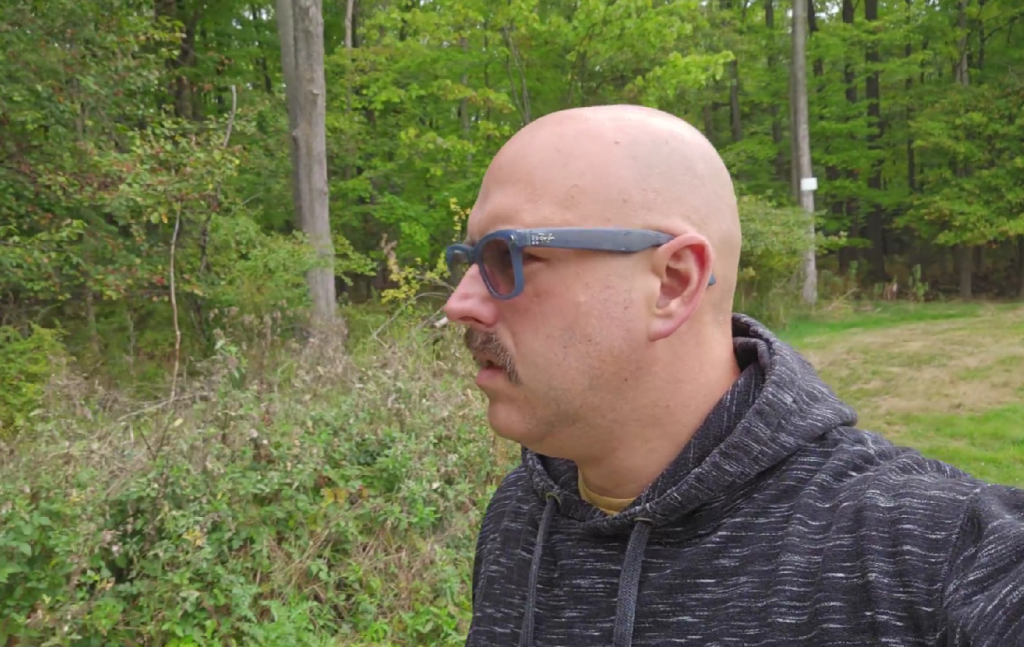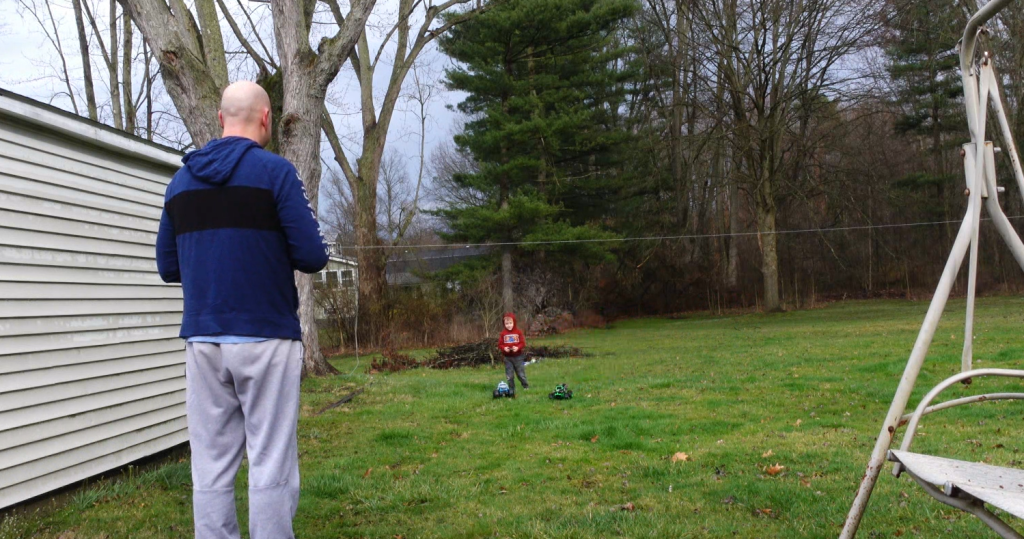Introduction
Over the past few months, I started noticing something unsettling: my energy was slipping away. It wasn’t a sudden drop but a gradual decline that crept up on me. At first, it was subtle—clothes fitting a little tighter, energy fizzling out earlier in the day. Then, one day, I realized I wasn’t just feeling off; I was physically out of sync. My body wasn’t what it had been, and I could feel the difference.
It was frustrating. I had worked hard to lose weight and maintain it for over a year, but everything changed when my divorce process took a stressful turn. After the final hearing, the judge didn’t issue a judgment right away, leaving us waiting for weeks.
As time dragged on with no answers, the stress crept into my life, and I found myself turning to food for comfort. Even after the decision came in, it wasn’t over. My ex has appealed the judgment, dragging the process on even longer.
The stress wasn’t just weighing me down mentally—it was creeping into every part of my life. I’d wake up exhausted, drag myself through the day, and by mid-afternoon, it felt like I was running on empty. Simple things like playing with Tanner or focusing on work became draining. I knew I couldn’t keep living like this.

For me, this isn’t just about losing weight or looking a certain way. It’s about having the energy to be there for my son, Tanner, and the energy to do the things I love, like diving into my work. My mental health thrives when I’m taking care of my physical health. I know a lot of you have gone through stressful times that have thrown your routines off too.
In this post, I’m sharing my journey to get my energy back—from increasing my physical activity to cleaning up my eating habits—and how I’m holding myself accountable along the way.
Recognizing the Need for Change
It wasn’t one defining moment that woke me up to the need for change. It was more of a slow realization—a nagging feeling that I wasn’t heading in the direction I wanted. I knew I was gaining weight and stress was controlling me, leading me to overeat. Each day, it felt like I was digging myself deeper. I’d tell myself, “Tomorrow, I’ll do better,” but tomorrow kept turning into the next day, and the next.
The more weight I gained, the more my energy dipped. By the time I got halfway through the day, it felt like I was running on fumes. Even simple tasks like getting up to make a snack for Tanner or heading out for a walk felt like a huge effort. The hardest part wasn’t even the physical exhaustion; it was convincing myself to start.
I couldn’t keep going down this road. I had to stop the spiral before it got worse.
Developing a Plan
When I decided to make a change, I didn’t start with a complicated routine or a detailed set of goals. It was all about getting back to basics and starting small. For me, that meant walking more, aiming for at least 10,000 steps each day. It was a small change, but it helped me get the ball rolling.

On days when I wanted more intensity, I’d hop on my bike for 20 to 30 minutes. It was enough to boost my energy and get me feeling more like myself again.
Research supports this too: consistent exercise can reduce fatigue by as much as 65% while boosting energy by around 20%. Even light activity can make a noticeable difference in energy levels and mood (ScienceDaily).
As I started to make progress, I leaned on things I’d learned from my past research and readings. Over the years, I’ve read books like How Not to Die and explored other resources on health and fitness, so I had a solid foundation to work with.
My approach was simple—move more, cut back on calories, and be consistent.
To keep myself accountable, I track my progress using Samsung Health, which syncs with my Samsung watch. This app tracks my steps, calories burned, heart rate, and even sleep quality. I also use a Renpho smart scale to monitor my weight trends. These tools help me stay on track without feeling overwhelmed. It’s not about perfection—it’s about progress.
On the diet front, the biggest shift was cutting back on sweets and candy.

I have a major sweet tooth, and I knew it was one of the main culprits for my weight gain. So, I made a conscious effort to reduce my intake of sugary snacks and replace them with more whole foods. The goal is simple: reduce calories, eat more whole foods, and make gradual improvements.
I didn’t wake up one day with all the energy to make changes. It was more like I kept telling myself to start, day after day, until eventually, I just did. Part of my motivation was superficial—I wanted to look better. I wanted to feel better about how I looked. But more than that, I wanted to be healthier for Tanner and for myself. The realization that things were getting worse physically pushed me to take that first step. Once I got past that initial hurdle, it became easier to stick with the plan.
Long-Term Vision
This journey isn’t just about short-term results but rather creating a lifestyle that supports me in the long run. I want to keep up with people half my age. I want to run and play with Tanner, hike without getting winded, and travel easily.

More than anything, I want to stay active and healthy as I age, ensuring I can enjoy life without feeling limited by my body.
When I look in the mirror, I want to feel good about myself—not because I’m aiming for perfection but because I know I’m taking care of my health. That’s the vision I’m working toward. Regaining my energy is one important piece of that puzzle.
Small Steps for You
If you’re in a similar situation—feeling stuck or struggling with your energy—here are a few small steps that helped me get started:
- Start Moving: Whether it’s walking, biking, or just getting outside for a short time, start increasing your physical activity. Even small changes make a big difference in how you feel.
- Track Your Progress: Using an app or fitness tracker can help keep you accountable. I use Samsung Health, but there are plenty of great options.
- Cut Back Gradually: If your diet is a challenge, focus on cutting out one or two things that you know are holding you back. For me, it was sweets and candy. Start small and build from there.
- Focus on the Long-Term: Remind yourself that it’s about creating a sustainable lifestyle, not about achieving perfection overnight. Set small goals, but keep your bigger vision in mind.
Final Thoughts
This journey isn’t about a quick fix. It’s about making small, manageable changes that build up over time. Whether it’s walking a little more, cutting out that extra snack, or using a tool to keep yourself accountable, the important thing is to start.
And remember, there will be times when you might slip back into the habits that once held you back, like reaching for that old, rusty blanket of comfort when you’re shivering. That’s why it’s important to start building healthy habits now—ones you can lean on when those moments come. When you do face those setbacks, remind yourself that you’re not defined by them. What truly matters isn’t how often you stumble, but how you rise stronger, and reclaim your energy, one step at a time.
